![Bertoia, Harry: Sonambients: The Sound Sculpture Of Harry Bertoia [CD + DVD] (Important Records) Bertoia, Harry: Sonambients: The Sound Sculpture Of Harry Bertoia [CD + DVD] (Important Records)](https://www.teuthida.com/productImages/misc4/25164.jpg)
Italian-born American artist, sound art sculptor, and modern furniture designer Harry Bertoia in a CD/DVD package containing historic recordings made in Harry Bertoia's Sonambient barn, where he developed sculptures with sonic properties, including four recently discovered audio recordings and a DVD of interview footage, showing Bertoia at work.
Out of Stock
Quantity in Basket: None
Log In to use our Wish List
Shipping Weight: 4.00 units
Harry Bertoia-sound scuptures, performer
Oreste Bertoia-sound scuptures, performer
Ave Bertoia-vocals
Click an artist name above to see in-stock items for that artist.
UPC: 793447103419
Label: Important Records
Catalog ID: FW 1034CD
Squidco Product Code: 25164
Format: CD & DVD
Condition: New
Released: 2017
Country: USA
Packaging: Cardboard Gatefold w/ 16 page booklet
DVD filmed in 1971.
CD recorded between 1969 and 1972.
"Sonambients: The Sound Sculpture Of Harry Bertoia is a deluxe CD/DVD package containing historic recordings made in Harry Bertoia's Sonambient barn. The DVD, a film titled Sonambients: The Sound Sculpture of Harry Bertoia, by Jeffrey and Miriam Eger, was shot in 1971 and follows Harry Bertoia in performance and interview throughout his Sonambient barn deep in the Pennsylvania woods. This film offers a rare opportunity to follow the artist in practice, listening carefully as he moves contemplatively through his sculptures and gongs.
Interview footage offers rare insight into Bertoia's inspiration and process. A separate CD contains four exclusive, recently discovered audio recordings. Included are the two earliest known collaborative tapes from Harry and brother Oreste, morning and evening sessions dated October 12, 1969, as well as a collaboration between the Bertoia brothers and their sister Ave who sings in careful unison with the overtones being produced by the sculptures. With the passing of Oreste Bertoia in 1972, these recordings mark the last meeting of all three Bertoia siblings.
A 16-page booklet includes many never before seen production stills shot by Jeffrey Eger. These iconic images capture the essence of the artist in practice. DVD is NTSC format, region free."-Important
Artist Biographies
• Show Bio for Harry Bertoia "Harry Bertoia (March 10, 1915 in San Lorenzo, Pordenone, Italy - November 6, 1978 in Barto, Pennsylvania), was an Italian-born American artist, sound art sculptor, and modern furniture designer. At the age of 15, given the choice to stay in drought ridden Italy or move to Detroit, Harry chose to adventure to America and live with his older brother, Oreste. After learning the language and the bus schedule, he enrolled in Cass Technical High School, where he studied art and design and learned the skill of handmade jewelry making. In 1936 he attended the Art School of the Detroit Society of Arts and Crafts, now known as the College for Creative Studies. The following year in 1937 he received a scholarship to study at the Cranbrook Academy of Art where he encountered Walter Gropius, Edmund N. Bacon and Ray and Charles Eames and Florence Knoll for the first time." Starting out as a painting student but soon being asked to take over the metal workshop in 1939, Bertoia taught jewelry design and metal work. Later, as the war effort made metal a rare and very expensive commodity he began to focus his efforts on jewelry making, even designing and creating wedding rings for Ray Eames and Edmund Bacon's wife Ruth. When all the metal was taken up by war efforts, he became the graphics instructor. Still at Cranbrook, in 1943 he married Brigitta Valentiner, and then moved to California to work for Charles and Ray at the Molded Plywood Division of the Evans Product Company. Bertoia worked there until 1946, then sold his jewelry and monotypes until obtaining work with the Electronics Naval Lab in La Jolla. In 1950, he was invited to move to Pennsylvania to work with Hans and Florence Knoll. (Florence was also a Cranbrook Graduate.) During this period he designed five wire pieces that became known as the Bertoia Collection for Knoll. Among these was the famous diamond chair, a fluid, sculptural form made from a welded lattice work of steel. In Bertoia's own words, "If you look at these chairs, they are mainly made of air, like sculpture. Space passes right through them." The chairs were produced with varying degrees of upholstery over their light grid-work, and they were handmade at first because a suitable mass production process could not be found. Unfortunately, the chair edge utilized two thin wires welded on either side of the mesh seat. This design had been granted a patent to the Eames for the wire chair produced by Herman Miller. Herman Miller eventually won and Bertoia & Knoll redesigned the seat edge, using a thicker, single wire, and grinding down the edge of the seat wires at a smooth angle-the same way the chairs are produced today. Nonetheless, the commercial success enjoyed by Bertoia's diamond chair was immediate. It was only in 2005 that Bertoia's asymmetrical chaise longue was introduced at the Milan Furniture Fair and sold out immediately. In the mid-1950s, the chairs being produced by Knoll sold so well that the lump sum payment arrangement from Knoll allowed Bertoia to devote himself exclusively to sculpture. He ultimately produced over 50 commissioned public sculptures, many of which are still viewable today. In the 1960s, he began experimenting with sounding sculptures of tall vertical rods on flat bases. He renovated the old barn into an atypical concert hall and put in about 100 of his favorite "Sonambient" sculptures. Bertoia played the pieces in a number of concerts and even produced a series of eleven albums, all entitled "Sonambient," of the music made by his art, manipulated by his hands along with the elements of nature. In the late 1990s, his daughter found a large collection of near mint condition original albums stored away on his property in Pennsylvania. These were sold as collector's items. In 2015, these Sonambient recordings are being re-issued by Important Records as a box set with a booklet of the history and previously unseen photos. Bertoia's work can be found in The Addison Gallery of American Art (Andover, Massachusetts), the Brooklyn Museum (New York City), the Cleveland Museum of Art, the Dallas Public Library, the Detroit Institute of Arts, the Hirshhorn Museum and Sculpture Garden (Washington D.C.), the Honolulu Museum of Art, the Kemper Museum of Contemporary Art (Kansas City, Missouri), the Nasher Sculpture Center (Dallas, Texas), the Philadelphia Museum of Art, the Reading Public Museum (Reading, Pennsylvania), the Allentown Art Museum, Milwaukee art museum, the Smithsonian American Art Museum (Washington D.C.), the Vero Beach Museum of Art (Vero Beach, Florida), and the Walker Art Center (Minneapolis, Minnesota). Bertoia's "Sunburst Sculpture" owned by the Joslyn Art Museum was originally installed in the Joslyn's Fountain Court. It is now located in the lobby of the Milton R. Abrahams Branch of the Omaha Public Library. Lord Palumbo owns several Bertoia works which are on display at Kentuck Knob. Bertoia's "Sounding Sculpture" can be found in the plaza of The Aon Center, Chicago's third tallest building. Another "Sounding Sculpture", considerably smaller than the one mentioned above, is featured in the Rose Terrace of the Chicago Botanic Garden, and a third very similar to the piece in Chicago called "Sounding Piece" was until 2003 on display at the Herbert F. Johnson Museum of Art at Cornell University in Ithaca, New York. As explained in October 3, 1995 piece in the weekly "Dear Uncle Ezra" column of the university newspaper: Dear Uncle Ezra, What is that sound coming from the Johnson Museum? It's a pingy type sound that I guess could be some kind of wind chime but it seems like it's coming from the building itself. - Just wondering Dear Chiming In, Well, it almost is coming from the building itself. What you hear is "Sounding Piece", a sculpture by Harry Bertoia that permanently resides on the sculpture court (outdoor balcony) on the second floor of the Johnson Museum. The chimes sway back and forth on tall rods and "ping" or "gong" into each other (depending on which chime and how hard they collide) when winds move them. It's one of my all-time favorites, well worth a visit if you haven't seen it. You can go out on to the sculpture court until at least the end of October. Once winter sets in, the chimes are secured so that they won't snap in the windy, icy weather. Uncle Ezra The sculpture was taken off view after it was damaged in a storm in 2003 . Audiovisual footage of many of Bertoia's sound sculptures can be viewed on websites such as YouTube . ^ Hide Bio for Harry Bertoia
9/10/2025
Have a better biography or biography source? Please Contact Us so that we can update this biography.
Track Listing:
DVD
1. The Sound Sculpture of Harry Bertoia
CD 1. Harry, Oreste and Ave Bertoia, 1969-1972
DVD
Electro-Acoustic
Installation Sound Work
Solo Artist Recordings
New in Experimental & Electronic Music
Search for other titles on the label:
Important Records.


![Bertoia, Harry: Sonambients: The Sound Sculpture Of Harry Bertoia [CD + DVD] (Important Records) Bertoia, Harry: Sonambients: The Sound Sculpture Of Harry Bertoia [CD + DVD] (Important Records)](https://www.teuthida.com/productImages/full/25164.Full.jpg)


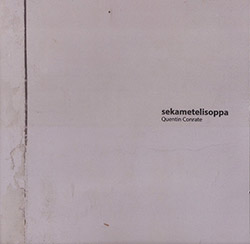


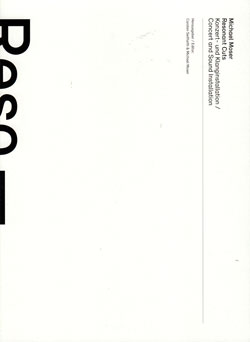




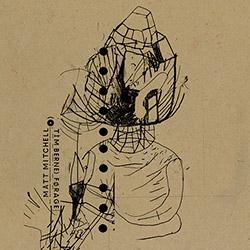


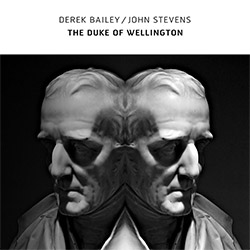

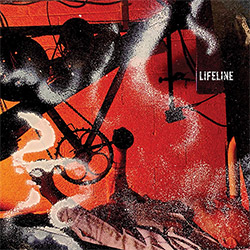

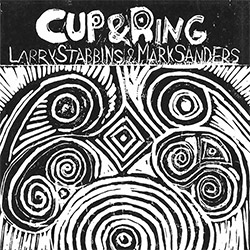


![Mitchener, Elaine: Solo Throat [VINYL]](https://www.teuthida.com/productImages/misc4/34805.jpg)



![Parker, Evan / Bill Nace: Branches (Live at Cafe OTO)[VINYL]](https://www.teuthida.com/productImages/misc4/36399.jpg)
![Ambarchi, Oren / Johan Berthling / Andreas Werliin: Ghosted III [VINYL]](https://www.teuthida.com/productImages/misc4/36542.jpg)
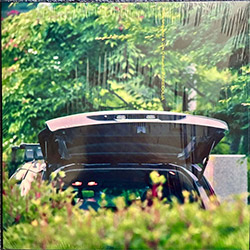
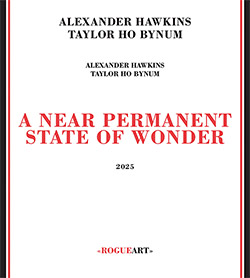
![Putman, Matthew / Hill Greene / Francisco Mela: Believe That Was Me [VINYL]](https://www.teuthida.com/productImages/misc4/36411.jpg)
![Joseph Holbrooke (w/ Derek Bailey / Gavin Bryars / Tony Oxley): Last Live 2001 - In Memoriam Derek Bailey And Tony Oxley [2 CDs]](https://www.teuthida.com/productImages/misc4/36551.jpg)




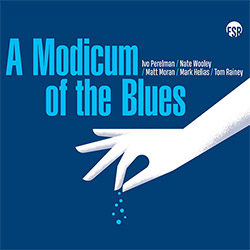


![Extraordinary Popular Delusions (Mars Williams / Jim Baker / Ed Wilkerson / Brian Sandstrom / Steve Hunt): The Last Quintet [2 CDs]](https://www.teuthida.com/productImages/misc4/36629.jpg)


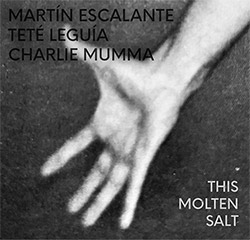
![Halat, Marcin / Maciej Garbowski: The Dialogues [2 CDs]](https://www.teuthida.com/productImages/misc4/36644.jpg)

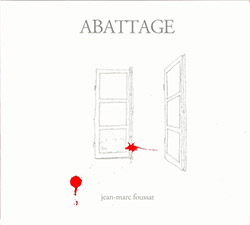

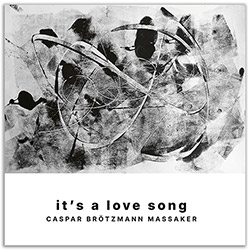
![Yoshida, Tatsuya / Martin Escalante: The Sound of Raspberry [VINYL]](https://www.teuthida.com/productImages/misc4/36634.jpg)
![Chadbourne, Eugene / Jair-Rohm Parker Wells : Fed Up With Bass [2 CDs]](https://www.teuthida.com/productImages/misc4/36656.jpg)



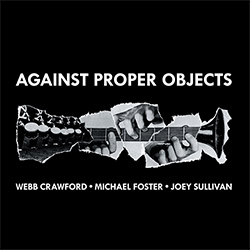




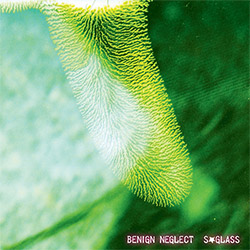
![A Magic Whistle: The Solar Cell [VINYL]](https://www.teuthida.com/productImages/misc4/36658.jpg)

![McGee, Hal: Columbus Expedition [Cassette w/ Download]](https://www.teuthida.com/productImages/misc4/36650.jpg)
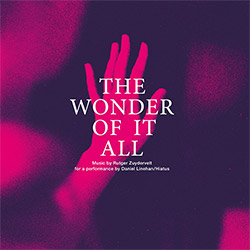

![Jaeger, Kassel: Fernweh [VINYL 2 LPs]](https://www.teuthida.com/productImages/misc4/36541.jpg)





![+DOG+: The Light Of Our Lives [2 CDs]](https://www.teuthida.com/productImages/misc4/36009.jpg)


![Eternities: Rides Again [CASSETTE]](https://www.teuthida.com/productImages/misc4/36247.jpg)

![Lopez, Francisco: Untitled (2021-2022) [2 CDs]](https://www.teuthida.com/productImages/misc4/36438.jpg)


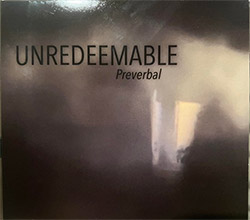
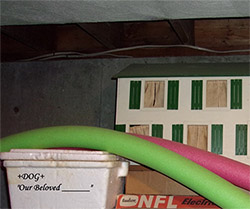
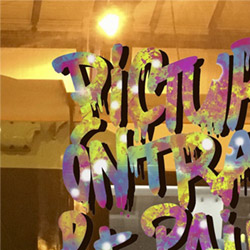

![Money : Money 2 [2 CDs]](https://www.teuthida.com/productImages/misc4/35894.jpg)
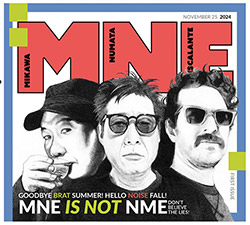
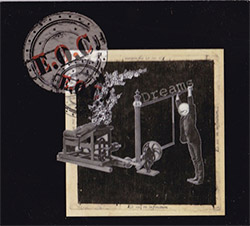


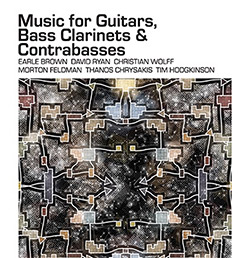

![Musicworks Magazine: #151 Summer 25 [MAGAZINE + CD]](https://www.teuthida.com/productImages/misc4/36559.jpg)

![Brown, Dan / Dan Reynolds: Live At The Grange Hall [unauthorized][CASSETTE]](https://www.teuthida.com/productImages/misc4/36245.jpg)



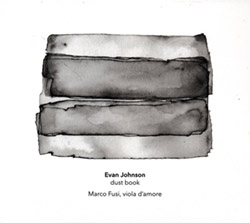


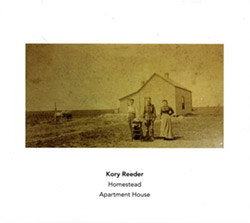
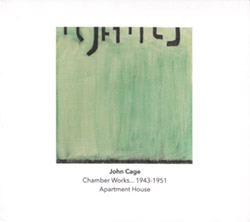
![Palestine, Charlemagne / Seppe Gebruers: Beyondddddd The Notessssss [VINYL]](https://www.teuthida.com/productImages/misc4/36206.jpg)
![Palestine, Charlemagne / Seppe Gebruers: Beyondddddd The Notessssss [NEON GREEN VINYL]](https://www.teuthida.com/productImages/misc4/36207.jpg)

![Laubrock, Ingrid: Purposing The Air [2 CDs]](https://www.teuthida.com/productImages/misc4/35639.jpg)
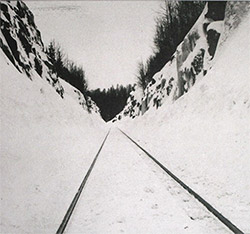
![Yoko, Ono / The Great Learning Orchestra: Selected Recordings From Grapefruit [2 CDs]](https://www.teuthida.com/productImages/misc4/35841.jpg)









![Zorn, John / JACK Quartet: The Complete String Quartets [2 CDs]](https://www.teuthida.com/productImages/misc4/35609.jpg)

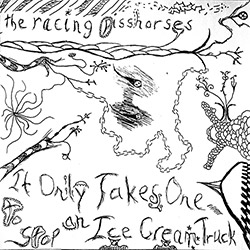
![Koenjihyakkei: Live at Club Goodman [2 CDs]](https://www.teuthida.com/productImages/misc4/36111.jpg)

![Sorry For Laughing (G. Whitlow / M. Bates / Dave-Id / E. Ka-Spel): Rain Flowers [2 CDS]](https://www.teuthida.com/productImages/misc4/35985.jpg)

![Rolando, Tommaso / Andy Moor : Biscotti [CASSETTE w/ DOWNLOADS]](https://www.teuthida.com/productImages/misc4/36106.jpg)


![Electric Bird Noise / Derek Roddy: 8-10-22 [CD EP]](https://www.teuthida.com/productImages/misc4/35970.jpg)








![Elephant9 : Mythical River [VINYL]](https://www.teuthida.com/productImages/misc4/34624.jpg)



![Elephant9 with Terje Rypdal: Catching Fire [VINYL 2 LPs]](https://www.teuthida.com/productImages/misc4/35355.jpg)
![Deerlady (Obomsawin, Mali / Magdalena Abrego): Greatest Hits [VINYL]](https://www.teuthida.com/productImages/misc4/34876.jpg)





![Coley, Byron: Dating Tips for Touring Bands [VINYL]](https://www.teuthida.com/productImages/misc4/17906.jpg)

![Lost Kisses: My Life is Sad & Funny [DVD]](https://www.teuthida.com/productImages/misc4/lostKissesDVD.jpg)